#streiching
Text
Kaloo, Kalay! Earl Conversational Sprites hastily put together for his Birthday Ask Session, which was on June 1st! Thank you to everyone that wished him a happy birthday and visited with him on his special day <:o)
#tumblr... babygirl... I'm so sorry... I forgot about you in the midst of utter madness...#I am juggling a lot of different things right now and suddenly gained many followers on IG and Tiktok overnight... waugh!!#One of Earl's “Guter Streich”s as he calls them! No doubt!#I will answer asks on here soon! I apologize!#I am starting to feel a little better this week!#dawm project#character design#dream along with me#original character#character art#cartoon characters#cartoon art#character animation#2d animation#animated#animation#indie animated series#indie animation#indie project#jester#clown#clown oc#jester oc#Early Early Oxenfree
786 notes
·
View notes
Text


This black and golden dress was first worn by Sunnyi Melles as Königsmutter (The King’s Mother) in Die kluge Bauerntochter (The Peasant’s Wise Daughter), the eighth movie of the second season of fairytale anthology series Sechs auf einen Streich (Finest Fairy Tales).
It was worn again by Ulrike Krumbiegel as the king’s sister Edeltraud in Die goldene Gans (The Golden Goose), the tenth movie in the Märchenperlen series.
The dress might originate even earlier from an East German movie or series produced by DEFA since it shown as an example in an article on costumes by a DEFA fan website. However, it has not been found yet and the website doesn’t name sources, so whether this claim is true remains uncertain.
The picture’s file name hints to it being owned by costume house Theaterkunst at one time but while the other costume in the picture can still be found in their online showroom, this dress is not cataloged there. The costume house says that the website is only an excerpt of their work and so it remains unclear whether the dress is still among their stock.
Costume Credit: Wardrobeoftime
Follow: Website | Twitter | Facebook | Pinterest | Instagram
#sunnyi melles#Königsmutter (The King’s Mother)#Königsmutter (The King’s Mother) in Die kluge Bauerntochter (The Peasant’s Wise Daughter)#Sechs auf einen Streich (Finest Fairy Tales)#Ulrike Krumbiegel#Ulrike Krumbiegel as the king’s sister Edeltraud in Die goldene Gans (The Golden Goose)
149 notes
·
View notes
Text

Sorry. It doesn't fit...
27 notes
·
View notes
Text


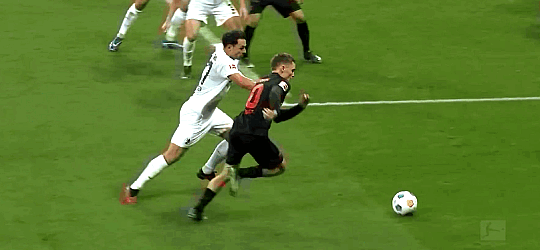





Florian Wirtz scoring a wonder goal feat. Xabi Alonso and Christian Streich
#Florian Wirtz#Xabi Alonso#Christian Streich#Bayer 04 Leverkusen#Bundesliga#SC Freiburg#Flo Wirtz#(something something alles muss man selber machen...)#honestly thought I would log back in and this set would be waiting for me#cause this is the bit they are going to show during Sportschau when Flo and Xabi are out there bossing Europe#(it's going to be Real isn't it?)#and Leverkusen will play Freiburg again and they'll do the 'remember five years ago' bit#and Streich will just be 'Desch war einfach weltklasse.' and do his litte head shake again#that shot of Flo and six Freiburg players around him - ART#also these are not sped up he IS that quick on the ball#also Xabi your face!#couldn't fit it all into one gif cause he simply doesn't stop#Isabel is right let them win this and then we burn the whole place down once and for all#football#meins
67 notes
·
View notes
Text
This lovely Crown was seen first on Neil Patrick Harris as Barney Stinson in How i met your Mother: Third Wheel (2007) and crown is worn two times in Supernatural: LARP and the Real Girl (2013), First worn on Felicia Day as Charlie Bradbury and later worn again on Jensen Ackles as Dean Winchester.
The Crown is seen again on Garwin Sanford as King in Once Upon a Time in Wonderland: Heart of Stone 2013 and worn again later on Lukáš Vaculík as King Svarog in The Cursed King and the Brave Martin (2018) (O zakletém králi a odvázném Martinovi)





#recycled jewellery#how i met your mother#barney stinson#supernatural#spn#jensen ackles#dean winchester#once upon a time#ouat#sechs auf einen streich#accessories#reused jewellery#reused accessories#period drama#historical drama#reused costume#costume drama
34 notes
·
View notes
Text
💖Bundesliga Review 2023/24 💗
(quality is not nice at some points but i hope it still brings you joy!!)
song is the live version of bad omens by 5secondsofsummer
#the amount of times i cried because of streich is also. worrying. i would say.#tried to make it balanced but of course i have my club biases. still hope everyone can enjoy it#also. am i bugging or did harry kane not get the top scorer trophy yet?? why?#my edits#video#bundesliga#fc bayern#bvb#vfb stuttgart#bayer leverkusen#eintracht frankfurt
37 notes
·
View notes
Text

Source:
https://michaeldavidadams.com/portfolio/playa-negra/
27 notes
·
View notes
Text
Non-English "Cinderella" adaptations that might have influenced Disney's 2015 live action remake
Rossini's La Cenerentola (Italian opera, 1817). In the opera, the king has died, and the prince's search for a bride is motivated by his pending coronation. (The 2010 German Märchenperlen version also makes this choice.) In the 2015 film, the king is mortally ill, and later dies after the ball. Thus the opera's Cinderella and her 2015 counterpart both ascend straight to the throne in the end. Also, the opera's "fairy godfather" Alidoro disguises himself as a beggar and rewards Cinderella for treating him kindly, just as the 2015 Fairy Godmother does. (Although the Fairy Godmother also does this in Prokofiev's famous ballet.) The opera's Prince Ramiro also has a constant male companion, his valet Dandini, much like 2015's Kit has the Captain of the Guard (although many versions of Cinderella's prince have similar companions). Last but not least, both princes disguise themselves as a servant at some point: Ramiro switches clothes with Dandini for the ball to observe the true characters of the ladies, while Kit disguises himself as a guard to secretly observe the slipper-fitting.
Three Nuts (or Three Wishes) for Cinderella (Czech/German, 1973). In both this version and the 2015 film, Cinderella steals a few moments of freedom by riding her horse into the forest, and there she meets the prince on a hunt and stops him from shooting a deer. (Although in the 1973 film she throws a snowball at him, he chases her, and they taunt each other, while in the 2015 version they share a philosophical discussion about kindness and tell each other a little about their lives.) Both of these versions also hark back to the Grimms' tale early on, with Cinderella's father figure (the manservant Vincek in 1973, her actual father in 2015) going on a journey, and Cinderella asking for the first branch that hits his nose (1973) or brushes his shoulder (2015) as a gift. (In 1973 the branch contains the three magic hazelnuts that take the place of the Fairy Godmother in this version, while in 2015 it doesn't serve the plot, but is poignantly brought to her by the messenger who breaks the news of her father's death.)
Sechs auf einen Strech ("Six at one Blow"): Aschenputtel ("Cinderella") (German, 2011). Cinderella repeats a mantra that she learned from her mother: "You must never lose courage." In the 2015 film, she has a similar mantra, also from her mother: "Have courage and be kind." She also first meets the prince while he's hunting in the woods in this version, and the end sees them about to become king and queen, though in this case the old king is still alive, he just chooses to retire.
Zolushka (Russian, 1947). Cinderella has blonde hair, which she wears in fluffy shoulder-length curls at the ball, while the prince has wavy chestnut brown hair. (These could be coincidences, though.) The Fairy Godmother first appears as a humbly dressed old woman (although not as a beggar in 1947), then reveals her true, magical and glamorous form. The prince is also portrayed with boyish vulnerability as well as with courtly charm, and he even cries in one scene. (The '47 prince in the woods when he thinks he's lost Cinderella forever, 2015's Kit at his father's deathbed.)
When I posted my review of the 2015 film, @ariel-seagull-wings noticed the parallels with the 1947 Russian version. She suggested that Kenneth Branagh might have been influenced by that version, since British viewers are more likely than Americans to see the adaptations from continental Europe. The more I think about it, the more I realize that Branagh and the 2015 screenwriter Chris Weitz might have been influenced by more than one European Cinderella.
#cinderella#fairy tale#adaptations#parallels#2015#cinderella 2015#disney#zolushka#1947#tri orisky pro popelku#three wishes for cinderella#1973#opera#la cenerentola#1817#sechs auf einen streich#2011
86 notes
·
View notes
Text
Has anyone already seen the new German fairytales: Rapunzel und die Rückkehr der Falken (ZDF, Märchenperlen), Das Märchen von der Zauberflöte and Die verkaufte Prinzessin (ARD, 6 auf einen Streich)? What did you think about them?
Where to watch:
You can use google chrome + translator to automatically translate subtitles into your own language (at least on the ZDF website). Here is the tutorial I wrote years ago how to do that.
#märchenperlen#6 auf einen streich#rapunzel#Rapunzel und die Rückkehr der Falken#Das Märchen von der Zauberflöte#Die verkaufte Prinzessin
40 notes
·
View notes
Text


30.08.24
Filmnächte am Elbufer Dresden
#das war der erste streich und der zweite folgt sogleich#(ich werde zu alt für zwei konzerte hintereinander ich bin fix und fertig)#silbermond#stefanie kloß#andreas nowak#johannes stolle#thomas stolle#auf auf#dresden#filmnächte am elbufer
7 notes
·
View notes
Text







18 notes
·
View notes
Photo




Jamal Musiala gives his shirt to Christian Streich (feat. Thomas Müller cameo)
#jamal musiala#christian streich#thomas müller#thomas muller#fc bayern#bayern münchen#bayern munich#sc freiburg#*#*edit
93 notes
·
View notes
Text

She tore through my fishnets like a shark
13 notes
·
View notes
Text
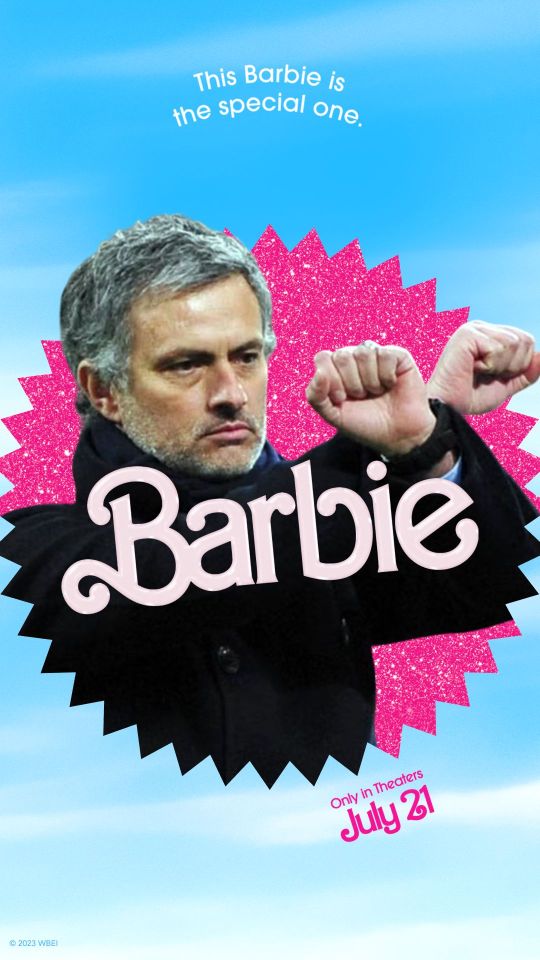
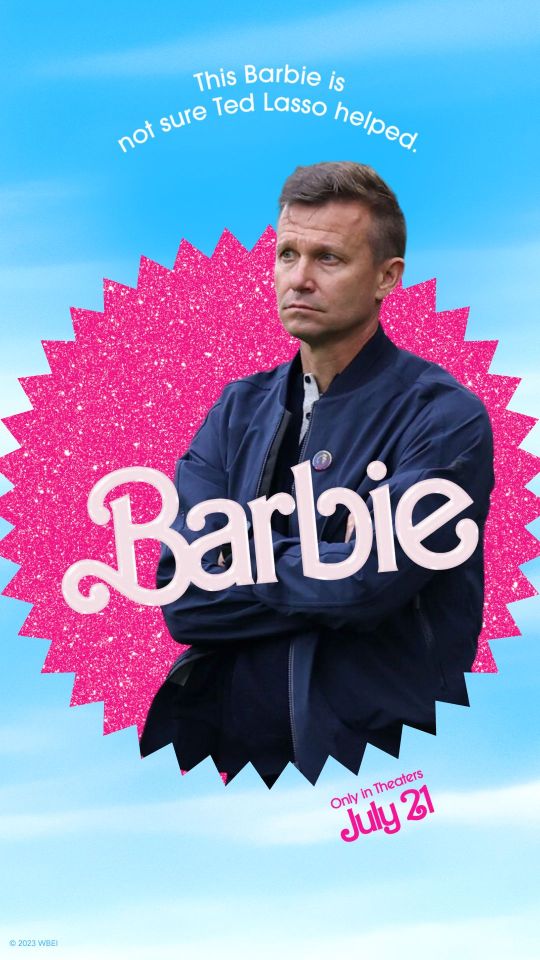

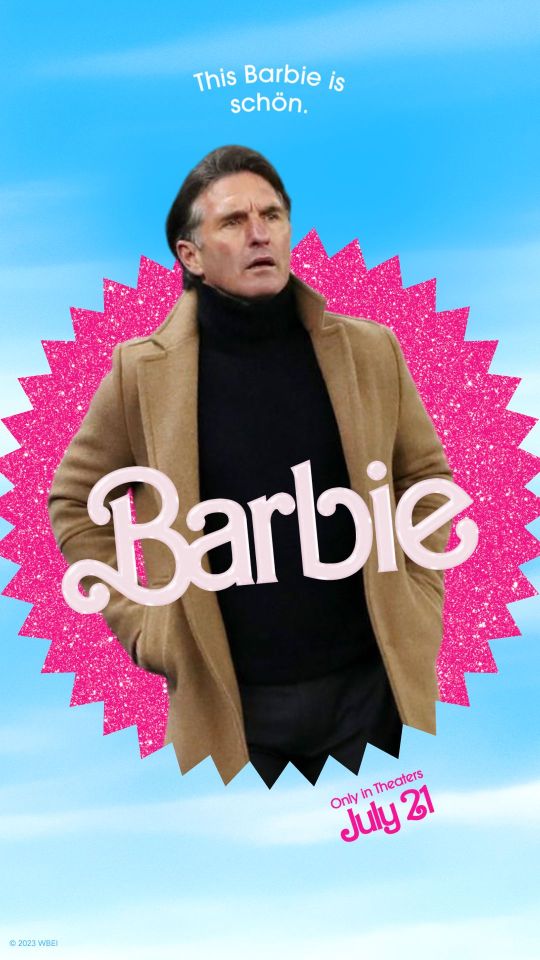



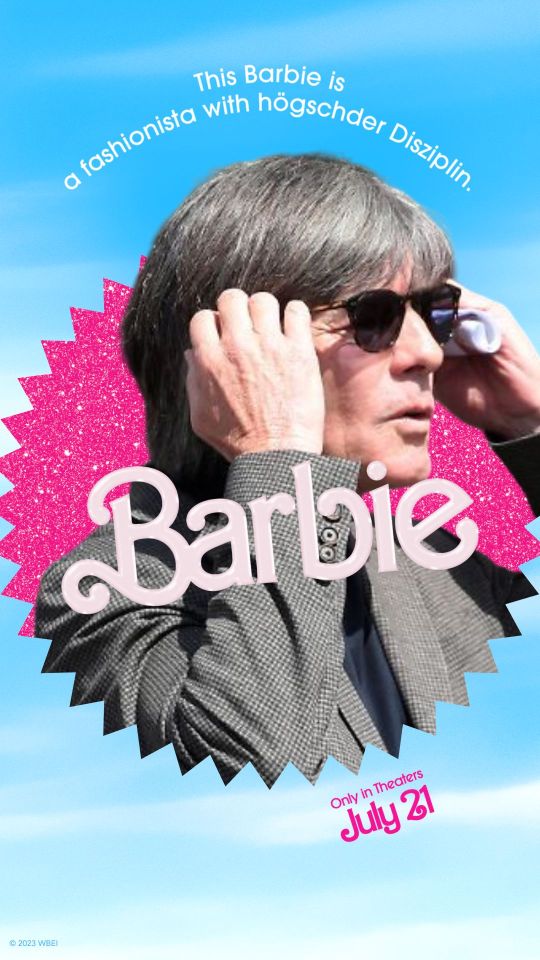
Barbie meme - Coaches Edition
#couldn't resist#this post has a very specific target audience: me#altough the Bruno one is definitely for you Isabel#Jose Mourinho#Jesse Marsch#Christian Streich#Bruno Labbadia#Thomas Tuchel#Jürgen Klopp#Hansi Flick#Joachim Löw#football crack#football#Barbie Meme#Hauptsache dem Trainer geht's gut#meins#Jurgen Klopp#Bundesliga
230 notes
·
View notes
Text

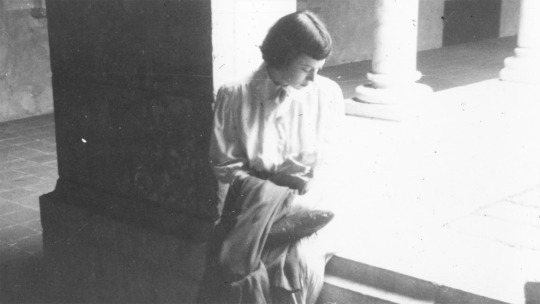
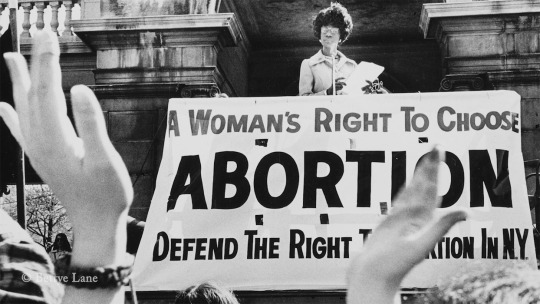
The Journey That Matters: What It Was Like, Directed and Produced by Arwen Curry, Featuring Ursula K. Le Guin [reading her essay 'What is Was Like' (2004), in Words Are My Matter. Writings About Life and Books, 2000-2016, Small Beer Press, 2016], 2023 [Literary Hub]
Cinematographer: Jeff Streich
Editors: Maya Curry, Sarah Cannon
Composer: Will Fritch
Location Sound: Anna Rieke
Motion Graphics: Alexandra Petrus, Kia Simon
Archival footage and stills: The Ursula K. Le Guin Foundation; Schlesinger Library, Harvard Radcliffe Institute
What It Was Like
A talk given at a meeting of Oregon NARAL in January 2004
«My friends at NARAL asked me to tell you what it was like before Roe vs. Wade. They asked me to tell you what it was like to be twenty and pregnant in 1950 and when you tell your boyfriend you're pregnant, he tells you about a friend of his in the army whose girl told him she was pregnant, so he got all his buddies to come and say, "We all fucked her, so who knows who the father is?" And he laughs at the good joke.
They asked me to tell you what it was like to be a pregnant girl—we weren't "women" then—a pregnant college girl who, if her college found out she was pregnant, would expel her, there and then, without plea or recourse. What it was like, if you were planning to go to graduate school and get a degree and earn a living so you could support yourself and do the work you loved—what it was like to be a senior at Radcliffe and pregnant and if you bore this child, this child which the law demanded you bear and would then call "unlawful," "illegitimate," this child whose father denied it, this child which would take from you your capacity to support yourself and do the work you knew it was your gift and your responsibility to do: What was it like?
I can hardly imagine what it's like to live as a woman under Fundamentalist Islamic law. I can hardly remember now, fifty-four years later, what it was like to live under Fundamentalist Christian law. Thanks to Roe vs. Wade, none of us in America has lived in that place for half a lifetime.
But I can tell you what it is like, for me, right now. It's like this: If I had dropped out of college, thrown away my education, depended on my parents through the pregnancy, birth, and infancy, till I could get some kind of work and gain some kind of independence for myself and the child, if I had done all that, which is what the anti-abortion people want me to have done, I would have borne a child for them, for the anti-abortion people, the authorities, the theorists, the fundamentalists; I would have borne a child for them, their child.
But I would not have borne my own first child, or second child, or third child. My children.
The life of that fetus would have prevented, would have aborted, three other fetuses, or children, or lives, or whatever you choose to call them: my children, the three I bore, the three wanted children, the three I had with my husband—whom, if I had not aborted the unwanted one, I would never have met and married, because he would have been a Fulbright student going to France on the Queen Mary in 1953 but I would not have been a Fulbright student going to France on the Queen Mary in 1953. I would have been an "unwed mother" of a three-year-old in California, without work, with half an education, living off her parents, not marriageable, contributing nothing to her community but another mouth to feed, another useless woman.
But it is the children I have to come back to, my children Elisabeth, Caroline, Theodore, my joy, my pride, my loves. If I had not broken the law and aborted that life nobody wanted, they would have been aborted by a cruel, bigoted, and senseless law. They would never have been born. This thought I cannot bear. I beg you to see what it is that we must save, and not to let the bigots and misogynists take it away from us again. Save what we won: our children. You who are young, before it's too late, save your children.»
– Ursula K. Le Guin, Words Are My Matter. Writings About Life and Books, 2000-2016, Small Beer Press, Easthampton, MA, 2016
#art#documentary#video#book#ursula k. le guin#arwen curry#jeff streich#maya curry#sarah cannon#will fritch#anna rieje#alexandra petrus#kia simon#naral#the ursula k. le guin foundation#schlesinger library#radcliffe institute#literary hub#2000s#2010s#2020s
30 notes
·
View notes
Photo
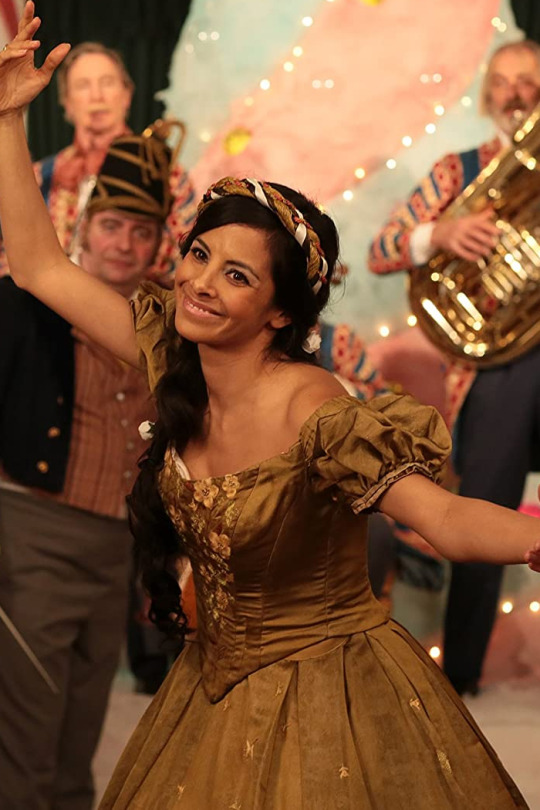


This golden gown, adorned with embroidered flowers on its bodice and skirt, was worn twice in the fairy tale series Sechs auf einen Streich (Grimm's Finest Fairy Tales). Collien Ulmen-Fernandes first wore it as Zuckerfee (The Sugar Fairy) in Nussknacker and Mäusekönig (Nutcracker and Mouse King) in 2015, followed by Alexandra Martini as Princess Isabella in the episode Die Salzprinzessin (The Salt Princess), also in 2015. The gown was worn again in 2022 by Irene Della Casa as Baroness Francesca in Die Kaiserin (The Empress).
Costume Credit: Ann-Mari, Redrosecut
E-mail Submissions: [email protected]
Follow: Website | Twitter | Facebook | Pinterest | Instagram
#Sechs auf einen Streich#Collien Ulmen-Fernandes#Nussknacker and Mäusekönig#Nutcracker and Mouse King#Alexandra Martini#Salzprinzessin#The Salt Princess#Irene Della Casa#Die Kaiserin#The empress#costume drama#period drama
208 notes
·
View notes